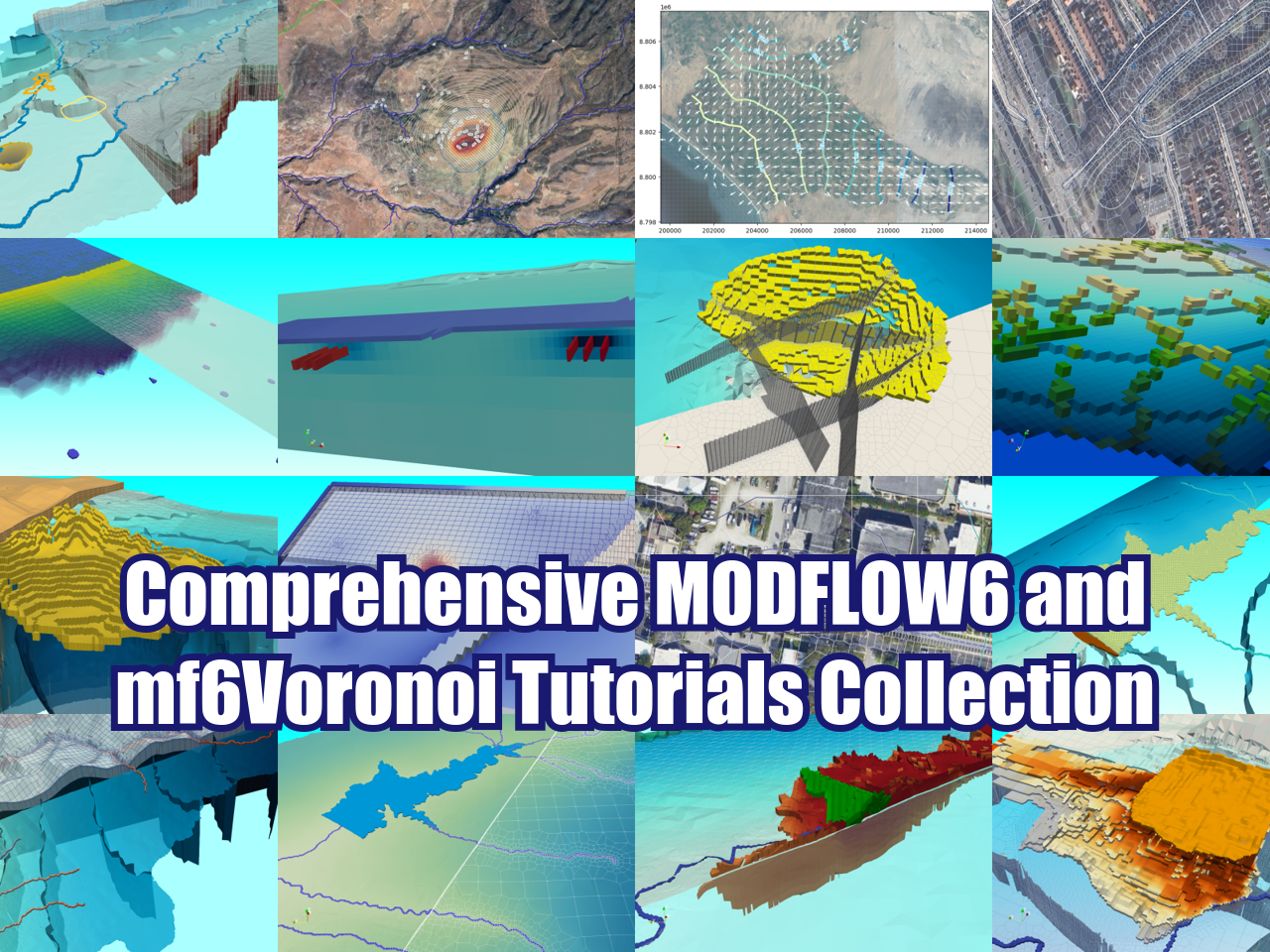Groundwater monitoring system implementation
/A monitoring system is a platform where level and quality records that describe groundwater resources are generated, made available and evaluated. These records are consistent, representative and long lasting. Managing the aquifer to local or regional level is required in order to have environmental managers with easy access for comprehensive, representative and reliable information.
Figure 1. Hydrogeological section with wells installed on a confined and unconfined aquifers 1.
Not all questions related to groundwater status can be answered with the same data set. Some potential questions require a high frequency monitoring, while other researches require an extensive period of time data.
Objectives
The main objectives of a groundwater monitoring system are:
- Measure the level and quality of groundwater including its annual and seasonal fluctuations.
- Record the flow extraction of the groundwater system demanded for irrigation, industry and population.
- Evaluate weather conditions and water table recharge.
- Record groundwater extreme event impacts like floods, drought and accidental pollution.
- Observe the point and nonpoint pollutant sources discharge.
- Store the level and quality data in a safe, relational and friendly way with the user.
- Spread and transfer effectively the data to the organization components.
- Provide groundwater management indicators.
- Identify regional and point needs of information.
- Provide support to the hydrogeological numerical modeling elaboration.
Components
Groundwater monitoring system monitors the main zone aquifers under requested and non-requested hydrogeological conditions. Groundwater monitoring system components include:
- Regional and local aquifers to monitor.
- Level and quality monitoring point distribution.
- Standards and measurement frequency of groundwater level.
- Standards and monitoring frequency of groundwater quality.
- Measure systems and tools.
- Hydrogeological database.
- Data access and transfer policies.
- Hydrogeological information access applications.
Benefits
Groundwater monitoring systems are important water resources management tools. The main implementation advantages are:
- Identify the information needed about groundwater status.
- Information access to all relevant people related to the groundwater management.
- Strategies, responsibilities and rules definition to store, manage, process and spread data.
- Optimize existing groundwater observation infrastructure and reduce monitoring expenses in long term.
- Is a base to elaborate hydrogeological models and simulate aquifers predictive scenarios.
- Disseminates data for the organization components to take the best decision about groundwater resources management.
- Allows the elaboration of process indicators, results and impacts to evaluate groundwater management performance.
- Shares information with other organizations related to groundwater management.
Figure 2. A well hydrograph with daily continuous data over a decade 1.
Implementation
A groundwater monitoring system represents groundwater resources conditions and trends. The design and implementation process of a groundwater monitoring system is the following:
- Determination of the aquifers to monitor.
- Existing data source inventory.
- Groundwater conceptual model elaboration.
- Monitoring system scale selection.
- Monitoring points distribution.
- Selection of the drilling type and monitoring wells installation.
- Determination of the quality monitoring and groundwater level points.
- Determination of the quality monitoring and groundwater level frequency.
- Physical, chemical and water management standards selection.
- Measurement systems and tools determination.
- Hydrogeological database elaboration.
- Access and transfer policies determination.
- Generation of hydrogeological access information applications.
- Data quality control implementation.
References
1 Taylor, C.J. and Alley, W.M., 2001, Ground-water-level monitoring and importance of long-term water-level data: U.S. Geological Survey Circular 1217, 68p.


























